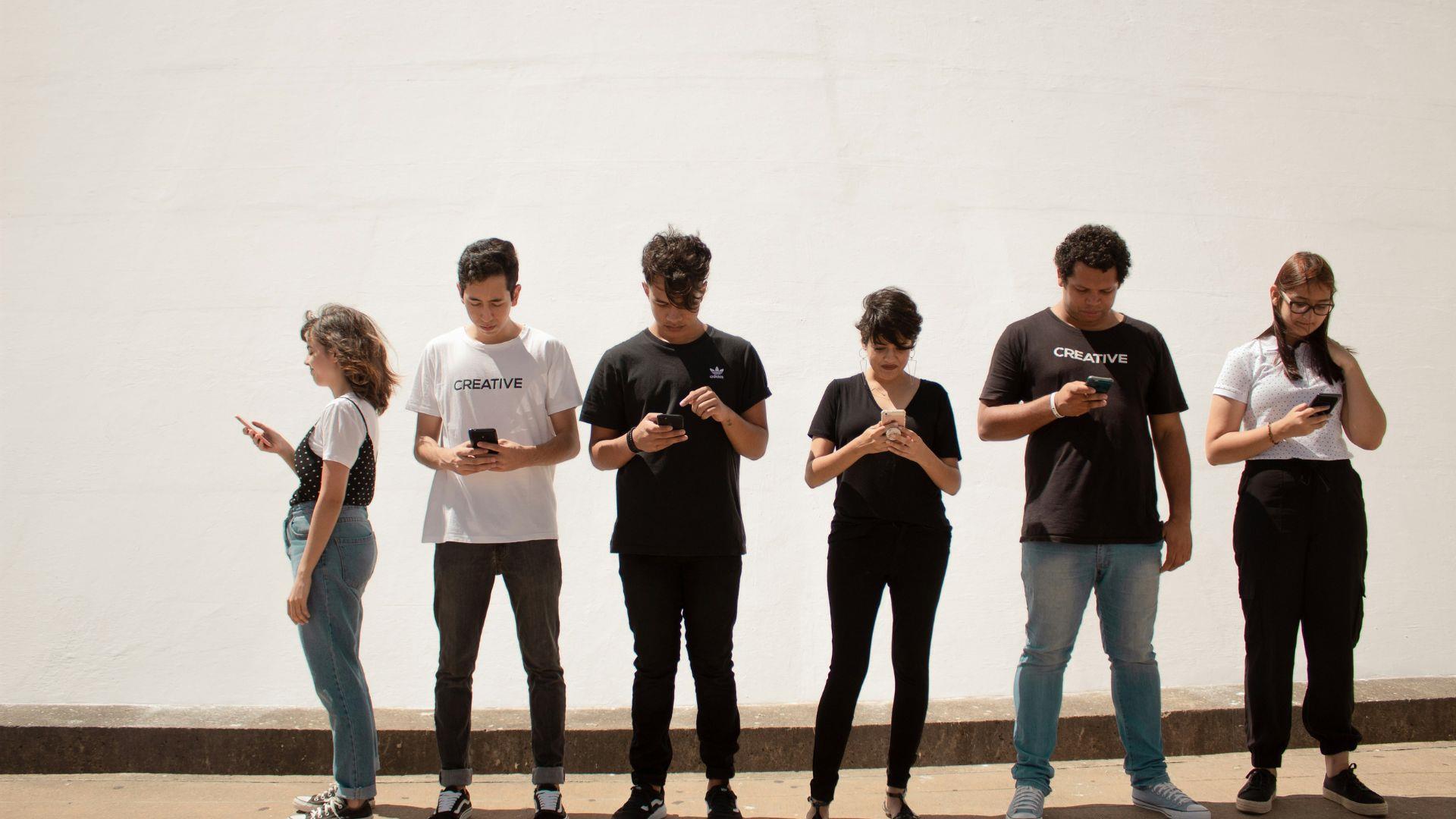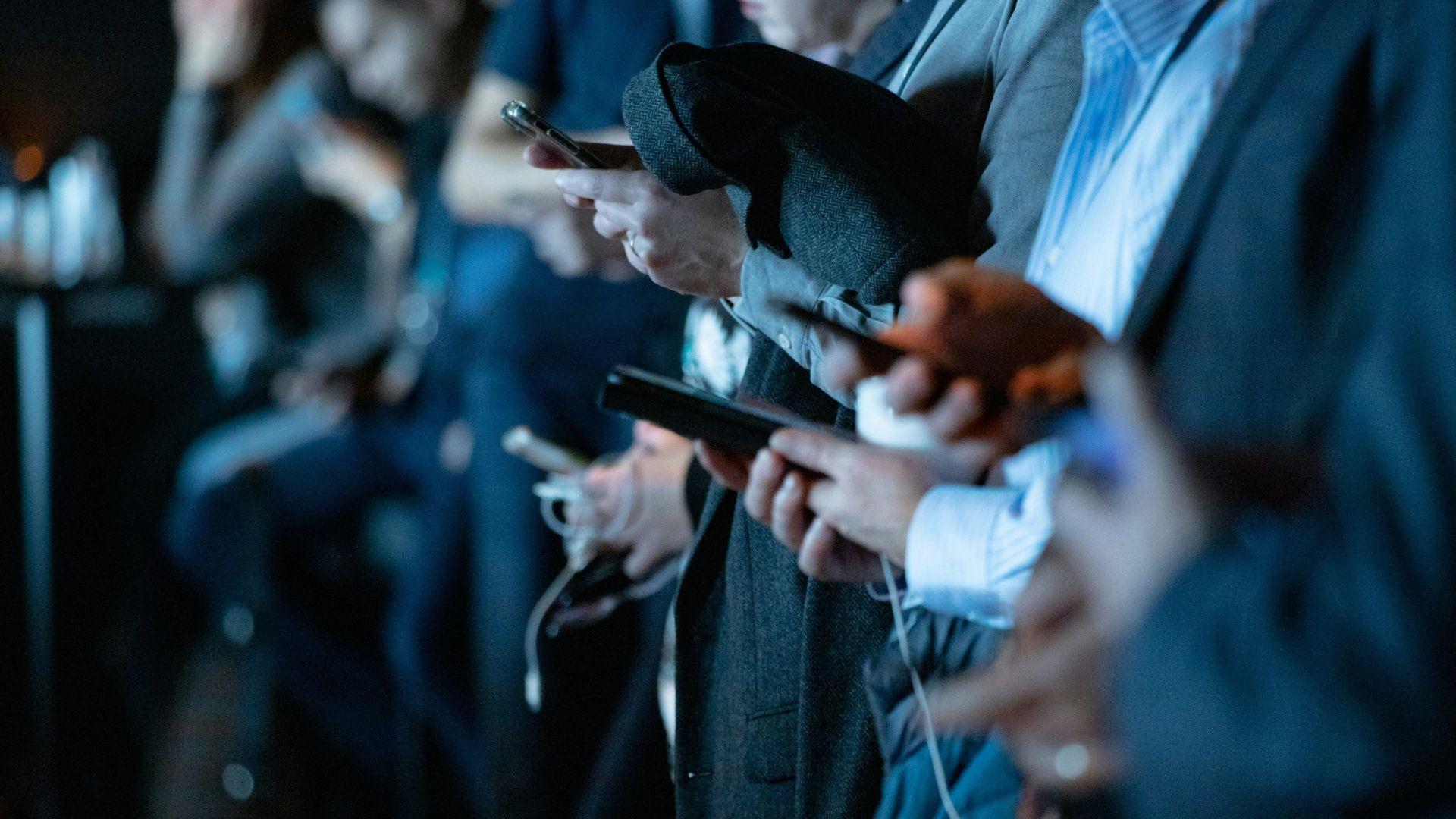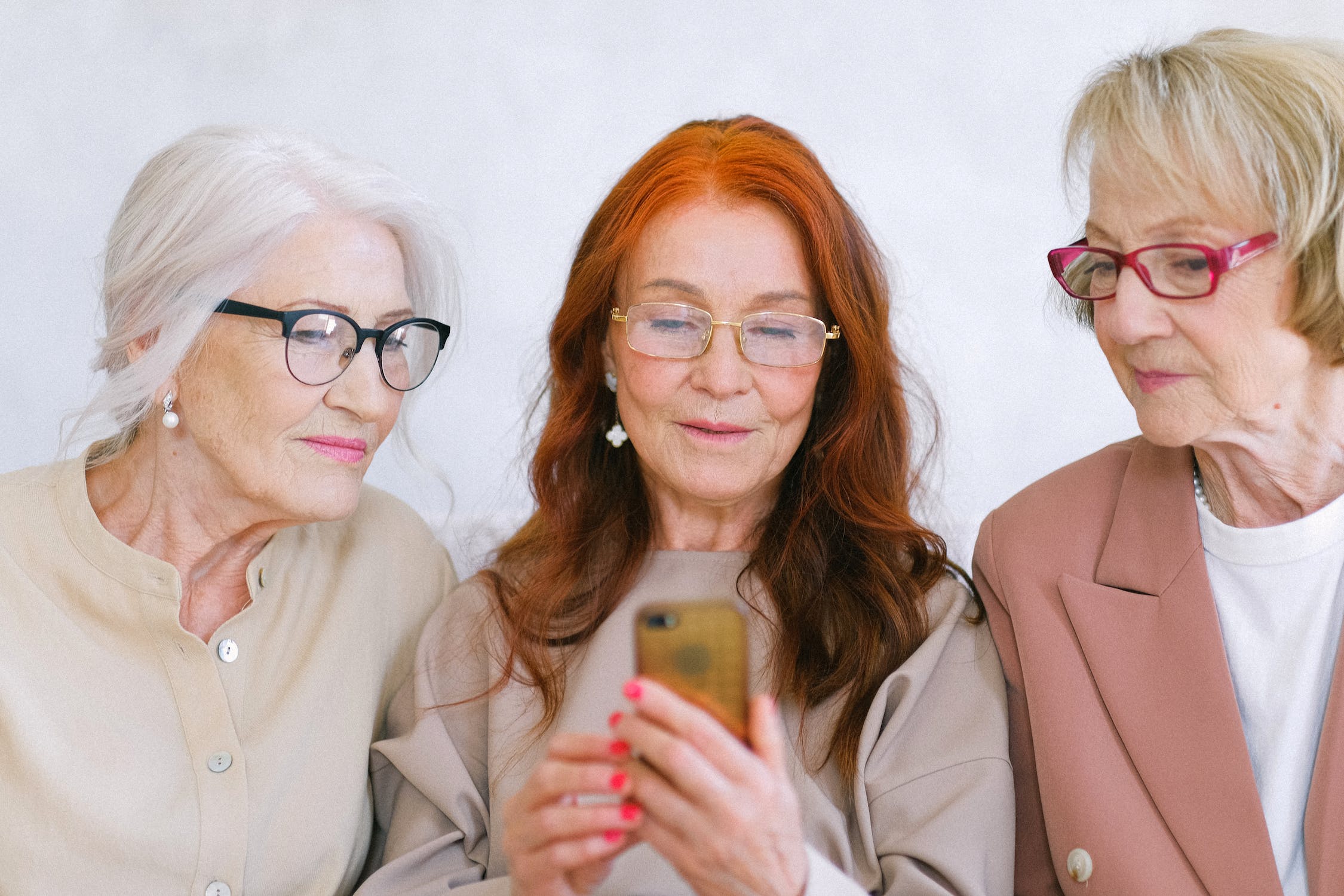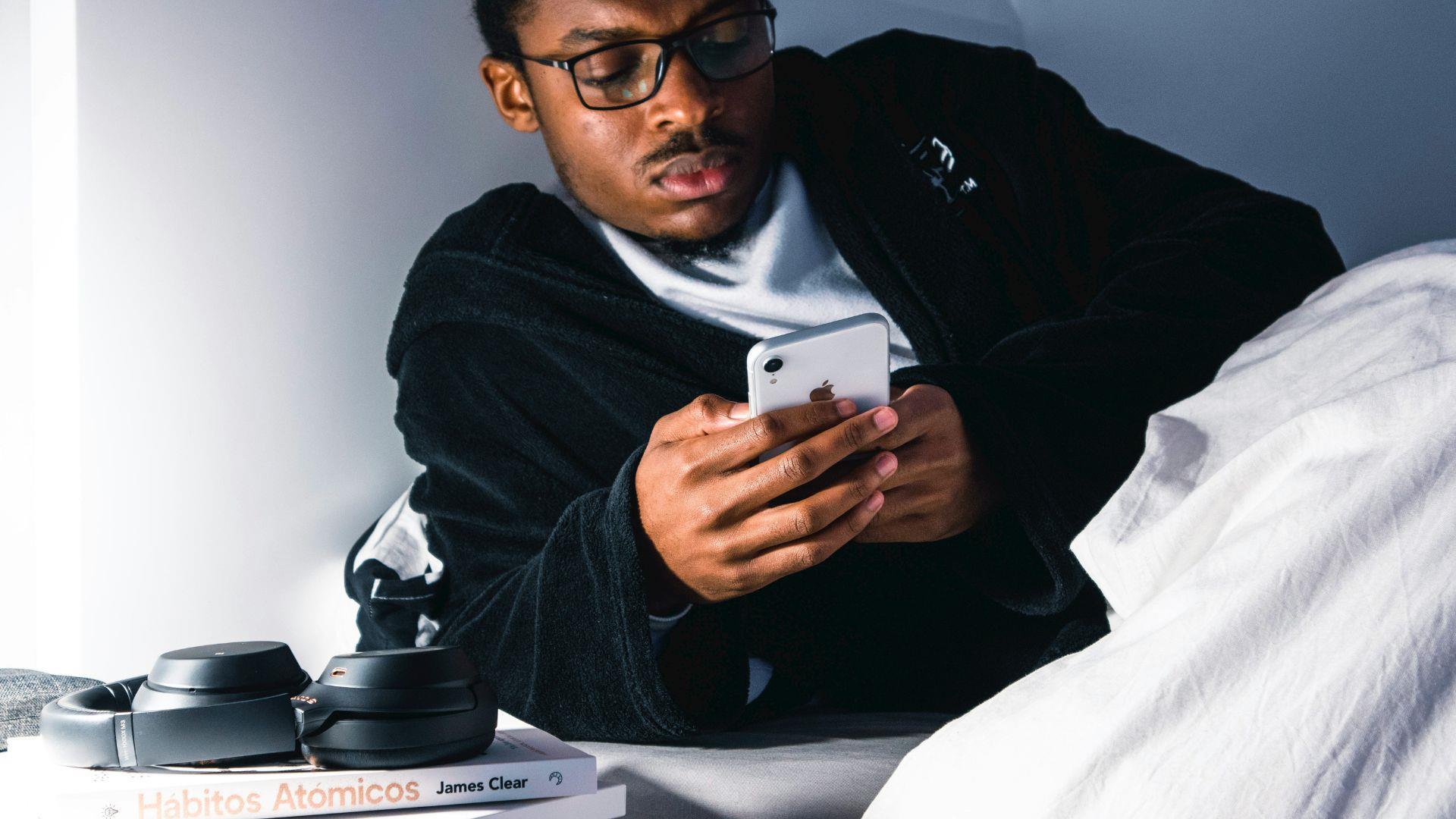LED Lights Are Damaging Your Eyes
In recent years, LED lights have become the go-to choice for both home and public lighting, appreciated for their efficiency and longevity.
Accounting for over half the lighting market, their popularity is undeniable. But as we bask in their glow, a darker side emerges — the potential harm to our eyes.
The French Warning
A comprehensive 400-page report by the French Agency for Food, Environmental and Occupational Health and Safety (ANSES) has cast a shadow on LED lights, linking them to macular degeneration — a leading cause of blindness.

Source: Freepik
This startling revelation prompts a call for stricter exposure guidelines.
The Blue Light Hazard
Per OLEDWorks, LEDs emit a significant amount of blue light, which, despite its visibility and utility, has been implicated in various eye health issues.

Andrea Piacquadio/Pexels
The report highlights the irreversible damage prolonged exposure can cause to retinal cells, leading to vision loss and macular degeneration, which is an eye disease that results in blurred vision (via the National Eye Institute).
Beyond Eye Damage
Blue light’s impact extends beyond vision. It can disrupt sleep patterns by interfering with melatonin production and has been linked to several health conditions, including diabetes, heart disease, and certain cancers (via PubMed).

Source: Andreas Piacquadio/Pexels
This is just another example of why many people are leaving their phones outside of their bedrooms during sleep hours (via The Guardian).
Vulnerable Populations
Children and older adults are at a higher risk of experiencing the adverse effects of blue light (via the National Eye Institute).

Source: Creative Christians/Unsplash
For children, whose eye lenses are still developing, exposure can lead to significant vision damage and sleep disruptions.
Recommendations for Protection
To mitigate these risks, ANSES recommends choosing “warm white” LED lights for home use, which emit less blue light.

Source: camilo jimenez/Unsplash
They also advise limiting exposure to devices that have a high concentration of blue light, especially before bedtime.
Skepticism Around Blue Light Filters
While many turn to blue light filters to protect their eyes, ANSES remains cautious about their effectiveness, according to the report.

Source: Anna Shvets/Pexels
This skepticism underlines the need for more research and awareness about the true impact of blue light on our health.
Nutritional Defense Against Blue Light
Interestingly, diet can also play a big role in protecting our eyes from blue light.

Source: Freepik
Foods rich in carotenoids — such as kale, spinach, and carrots — can bolster our natural defenses, suggesting a colorful plate might be a weapon against blue light exposure (via Healthline).
Chronic Exposure vs. Acute Exposure
Understanding the difference between chronic and acute exposure to blue light is crucial.

Source: Anna Shvets/Pexels
Chronic, low-intensity exposure over time can age the retina, leading to diminished vision, whereas acute, high-intensity exposure poses immediate dangers (via AIHA).
Environmental Concerns
LED lights don’t just affect humans; they impact wildlife too (via EcoWatch).

Source: Humberto Arellano/Unsplash
The increase in artificial lighting disrupts ecosystems, contributing to a decline in biodiversity and affecting animal behaviors negatively.
The Importance of Regulation
The report calls for stronger regulations to manage exposure levels and reduce light pollution, underscoring the need for a societal approach to manage the risks associated with LED lighting.

Source: Dole777/Unsplash
In the meantime, incorporating healthy habits like taking regular breaks from screen time and choosing warm LED lights can help protect our eyes from blue light.
Moving Forward with Caution
As the world continues to embrace LED technology, the findings of the ANSES report serve as a critical reminder to proceed with caution.

Source: Nubelson Fernandes/Unsplash
By making informed choices about our exposure to blue light, we can protect not only our vision but our overall health as well.
